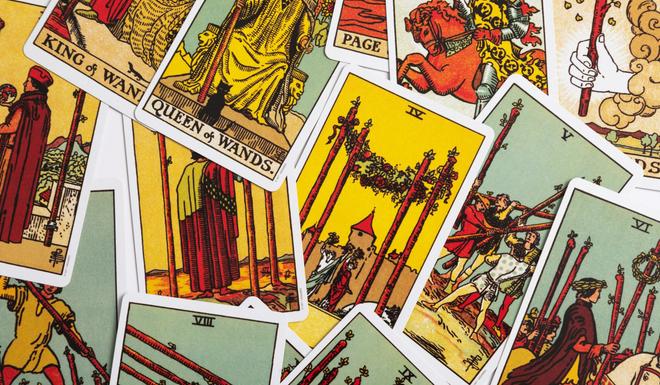Published 13:55 IST, April 7th 2024
Comic Book Art: Looking Through The Different Ages Of This Pop Culture Phenomenon
From its humble beginnings in the early 20th century to its emergence as a global phenomenon, comic book art has evolved and transformed its audiences.

Comic books are one of the biggest sources of iconic pop culture pieces like movies and video games based on Marvel or DC. Comic book art has a rich and storied history that spans decades. From its humble beginnings in the early 20th century to its emergence as a global phenomenon, comic book art has evolved and transformed its audiences along with it.
The roots and origin
The roots of comic book art can be traced back to the late 19th century, with the publication of newspaper comic strips such as Richard F. Outcault's "The Yellow Kid" and Rudolph Dirks' "The Katzenjammer Kids." These early strips introduced the iconic visual language of comics, including speech balloons, panel layouts, and recurring characters, laying the foundation for the medium's future development.

The golden age
In the 1930s, the Golden Age of Comics ushered in a new era of creativity and innovation, with the introduction of iconic superheroes such as Superman, Batman, and Wonder Woman. Artists such as Joe Shuster, Bob Kane, and Jack Kirby brought these larger-than-life characters to life with dynamic illustrations and epic storylines, captivating readers of all ages.
The Golden Age also saw the emergence of comic book publishers such as Marvel Comics and DC Comics, which would go on to become titans of the industry. These publishers introduced a diverse array of characters and genres, from superheroes and crime noir to science fiction and horror, appealing to a wide audience of readers.
The silver age
The Silver Age of Comics, which began in the late 1950s, saw further innovations in comic book art, including the introduction of more complex narratives, multi-dimensional characters, and groundbreaking art styles. Artists such as Stan Lee, Jack Kirby, and Steve Ditko pushed the boundaries of the medium, creating iconic characters such as Spider-Man, the Fantastic Four, and the X-Men.

In the ensuing decades, comic book art continued to evolve and diversify, with artists experimenting with new techniques, styles, and formats. The rise of independent publishers and underground comix in the 1960s and 1970s challenged the conventions of mainstream comics, pushing the boundaries of storytelling and artistic expression.
The digital age
In the digital age, comic book art has embraced new technologies and platforms, with artists harnessing the power of digital tools to create immersive and interactive experiences for readers. Webcomics, graphic novels, and digital comics have opened up new avenues for creativity and collaboration, democratizing the medium and reaching new audiences around the world.
Updated 13:55 IST, April 7th 2024


